As you practice seeing the qualities of light, also notice the direction of the light.
Notice where the highlights and the shadows on various subjects appear. Walk around your subject and notice any differences you see.
And look at any details in the subject and note if they are emphasized or made less apparent by the direction of the light. Let’s look at 3 general lighting directions and some of the effects each has on a subject.
Frontal Lighting
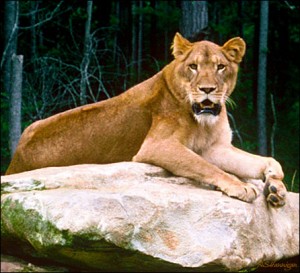
Start with the light behind you, falling directly on the subject. This is what we call frontal lighting and it has a flattening effect on most subjects, that is they will appear less 3 dimensional.
In sunlight the shadows will fall behind the subject. For people pictures, frontal sunlight can cause squinting, and make faces look flatter. Fine detail will be less apparent, and little clues that tell us the texture of objects will be lost.
Indoors, on-camera flash is a good example of frontal lighting. While frontal, or over-the-shoulder, lighting may be useful at times, it is more often a way to turn an interesting scene into a dull snapshot.
Side Lighting
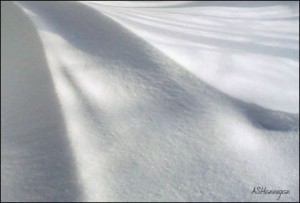
Next move so the light is coming from the side of the subject. If your subject has a strong texture, such as the snow drifts on the left, you will see how the texture becomes more pronounced. Even very fine texture will be emphasized.
As you should already know, shadows fall to the opposite side of where the light is located. This is what brings out the detail of textures. The highlights on the high parts of a textured surface next to the shadows on the low parts give you the feel of the texture.
Pay close attention to both the highlight and shadow areas when studying sidelight.
On people it may cause half the face to be in shadow, or cause long nose shadows on part of the face. It can also emphasize the texture of the face… that is skin pores, wrinkles (character lines if you prefer) and is why soft indirect lighting is preferred for portrait photos.
But the face texture may make the picture more interesting, so you will want to emphasize it. The choice of the quality of light as well as it’s direction can both be very important to the results you are trying to get.
Back Lighting
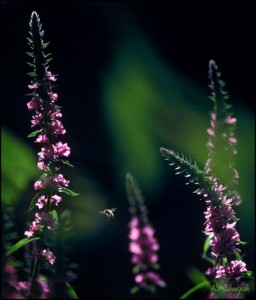
Back lighting is one of the more challenging types of light to photograph, but it also can produce some of the most interesting photos you will take.
As you move around so the light is coming from behind your subject, you will see less highlight area and more of the shadow area. This increases the 3 dimensional feeling of many subjects. Rounded and cylindrical objects appear more round when the light comes from the rear.
Look at round rocks, light poles and trees and learn to see this effect. A cube, such as a house, will be more 3 dimensional if there is a clear tonal difference between the front and side.
Back light is also a great way to make subjects stand out, especially against similarly toned backgrounds. By outlining the subject with light, you help separate it from the background and thus make it more dominant.
It also can make a group of objects seem less like a solid mass by contrasting light areas against dark areas.
When The Light Is Right…Write!
Learning to see and use light in photography is a journey, and the more sensitive you become to the infinite characteristics of light, the more you’ll find you can make ordinary subjects look exceptional.
Light has a powerful effect on every photograph you make. It can emphasize the important and play down the insignificant. It can control the way the eye moves about your composition. It can set the mood, create mystery or drama. It does all this and more, regardless of whether you intend it to or not.
Learning to see light is but one step in making your photos more effective. Also important is learning how the camera sees and records light. What we can see with our eyes is not always what we get when we record it with a camera.
I’ll be adding more on the subject of light and photography as it is one of the most important skills that all serious photographers must develop.

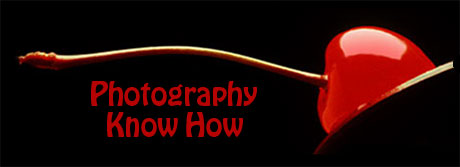
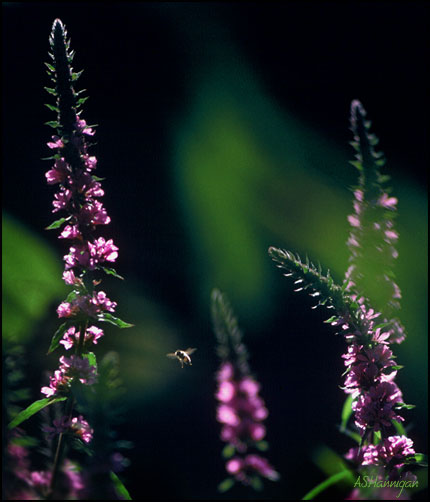

Your articles are really helpful. I thank you for that.
To me, “seeing the light” is a bit difficult, but your article Using Light in Photography explains very well how one can learn to see it in an easy manner.
If you don’t mind me asking (and please excuse my ignorance), in your Flower & Bee photo you used back lightning. How did you accomplish getting a black background? (I’m assuming the blurry green parts were in the foreground). I’m sure if I had tried that shot, I would have ended up with a really bright background… This is how I imagine my shot:
Since the light source is behind the subject its front would be dark, so when I meter the light of the subject, I would have to decrease the shutter speed (or increase my f stop), hence the background would be more bright than the subject itself, am I correct?
As you can tell from my comment, I’m a total beginner…
Again, thank you very much for your helpful articles and tips!
Hey Juan,
Thanks for your comment, glad you found the articles helpful. Back lighting is tricky when it comes to getting the correct exposure. As you say, if you have light coming from behind the subject you will often get a very bright background with a dark subject. The key is to take your exposure reading off the subject without including the background. Normally I use spot meter mode to do this. Another way to do it is to place a grey card in front of the meter so it is lit similar to the subject and use that reading to set your exposure.
In my journalism days I would sometimes take a reading off of my hand … I’d hold my hand so the light was hitting it the same way it was hitting my subject, then take a reading and set my exposure from that. It was very helpful in tricky back light or side light conditions.
For the flower and bee shot, the black background was already there … the shot was in a park that was landscaped with dark, near black walls behind the flowers so as long as I shot at the correct low angle I got the black wall and not the bright sky where the light was coming from.
[…] In the next article in this series we’ll discuss the Direction of Light in Photography. […]